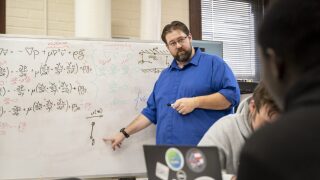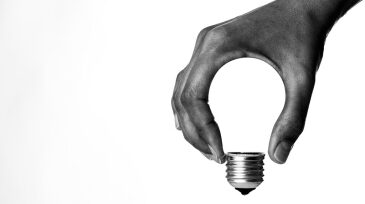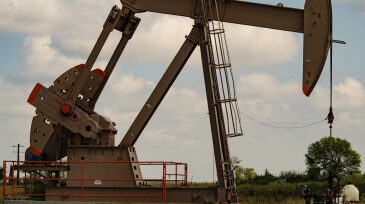Technology
PE Ltd.'s software will allow students and faculty to work directly with modeling technologies and build real-world, job-ready skills.
Founding dean of Missouri S&T’s Kummer College, James D. Sterling, sat down with Joshua Schlegel, associate professor and associate chair of nuclear engineering and radiation science, to discuss why nuclear power is making a comeback and what its resurgence means for the future of energy.
In this interview, Purohit explains why ultrasonic technology is rising as a dominant solution for gas-flow applications and how engineering teams can approach measurement as a tool not just for accountability but also for operational excellence.
-
It is a myth that blowouts only occur in high-pressure wells. Being able to investigate the blowout and kill potential on every well as part of the well construction process is an opportunity to increase safety awareness among drilling engineers.
-
What will competitiveness look like in our industry in 10 or 20 years from now? What novel pathways might we envision to restore the natural environment, while creating shareholder value and enhance our license to operate? How can you serve as a potent catalyst for positive change?
-
The oil industry has not treated reservoir crude oil with the same degree of rigor as it does reservoir rock formations. Reservoir fluid geodynamics is a new technical discipline that accounts for hydrocarbon compositional redistribution and phase change in reservoirs in geologic time.
-
Most petroleum engineers understand that engineering calculations involve the properties of fluids. “Fluid” is a term used to describe gases and liquids. An equation of state is nothing more than a fluid model.
-
An overview of two novel applications of the capacitance model, including its implementation during the primary production period and in gas reservoirs.
-
Anytime strict hierarchical structures are shaken, people like you and me have an opportunity to change them. To build a new paradigm.
-
A quick overview of CCS and the challenges in its application.
-
Shutting in a well in the oil and gas industry is not like locking a house without a tenant; turning the tap off is akin to demolishing the house in many cases.
-
Water-in-oil emulsions cost millions in maintenance, reduce oil recovery, and create excess carbon. These economic and environmental burdens may finally be resolved.
-
The evaluation of waterfloods often is focused on issues at the well level. But each well is only one part of a bigger system. For this reason, it is important to diagnose a waterflood from multiple viewpoints: the field, pattern, and well levels.













